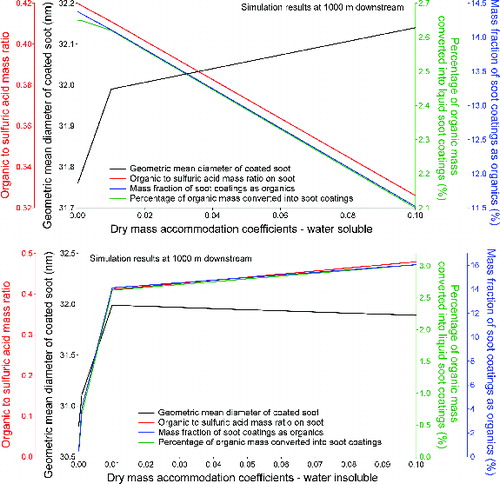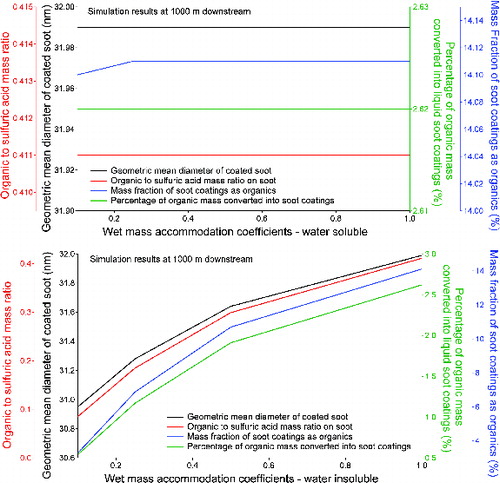Figures & data
TABLE 1 Organic surrogate species selected in this work
FIG. 2. Representative modeling results following plume centerline trajectory up to 1000 m downstream: (a) soot coating composition as a function of downstream distance; (b) size-dependent surface coverage at 1000 m downstream; (c) size-resolved composition of soot coatings at 1000 m downstream; (d) size evolution of coated soot particles; (e) dilution factor as a function of downstream distance.

FIG. 3. Effect of (a) ambient temperature and (b) ambient relative humidity levels on the soot properties at 1000 m downstream of the engine.
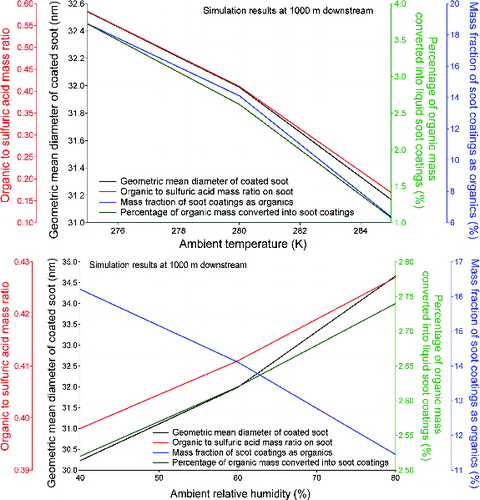
FIG. 4. Effect of initial organic concentration in the vapor phase on the soot properties at 1000 m downstream of the engine.
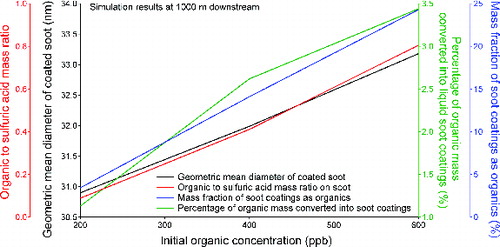
FIG. 5. Additional distributions of organic concentrations at the engine exit plane selected for our parametric study for the effect of initial organic concentration.
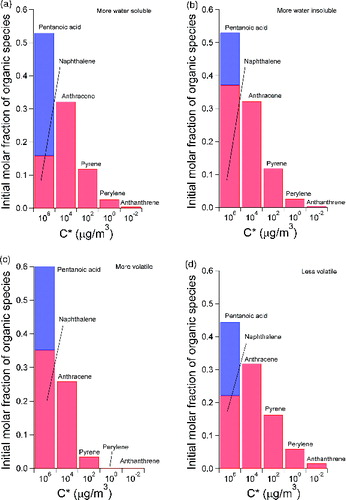
FIG. 6. Effect of organic distribution at the engine exit plane on the soot properties at 1000 m downstream of the engine.



